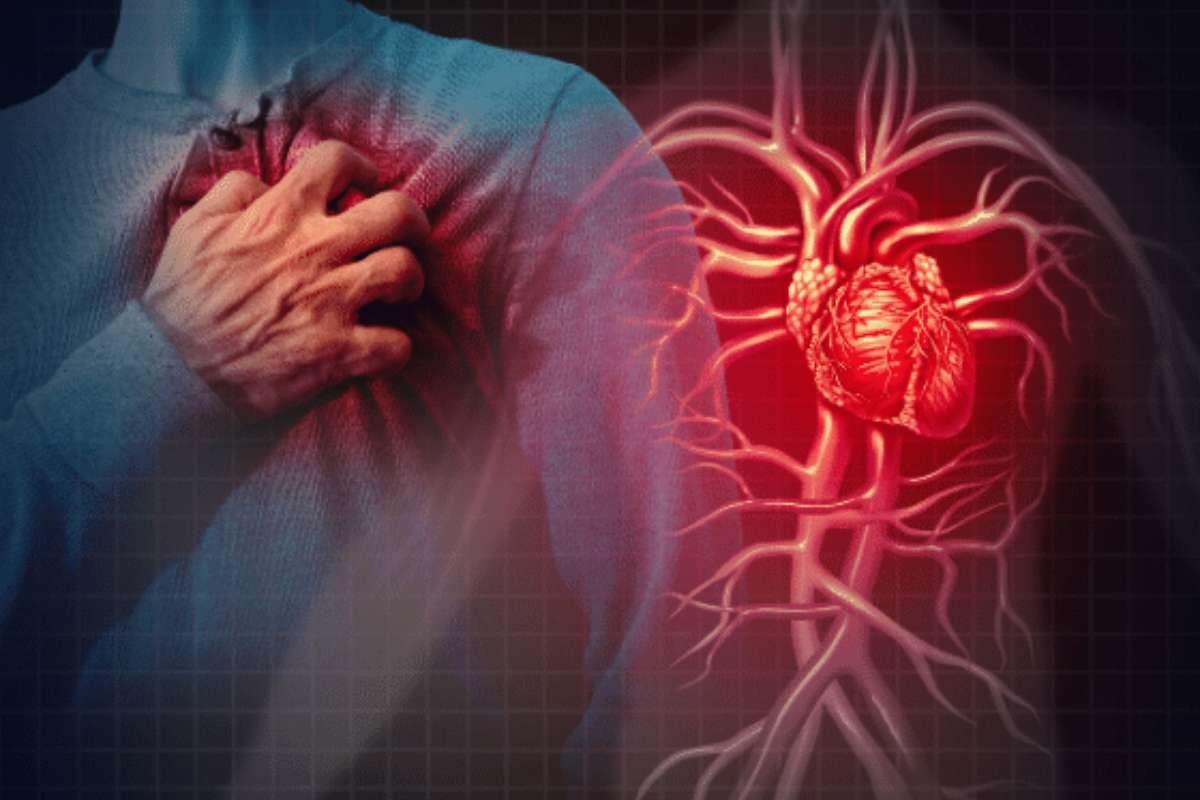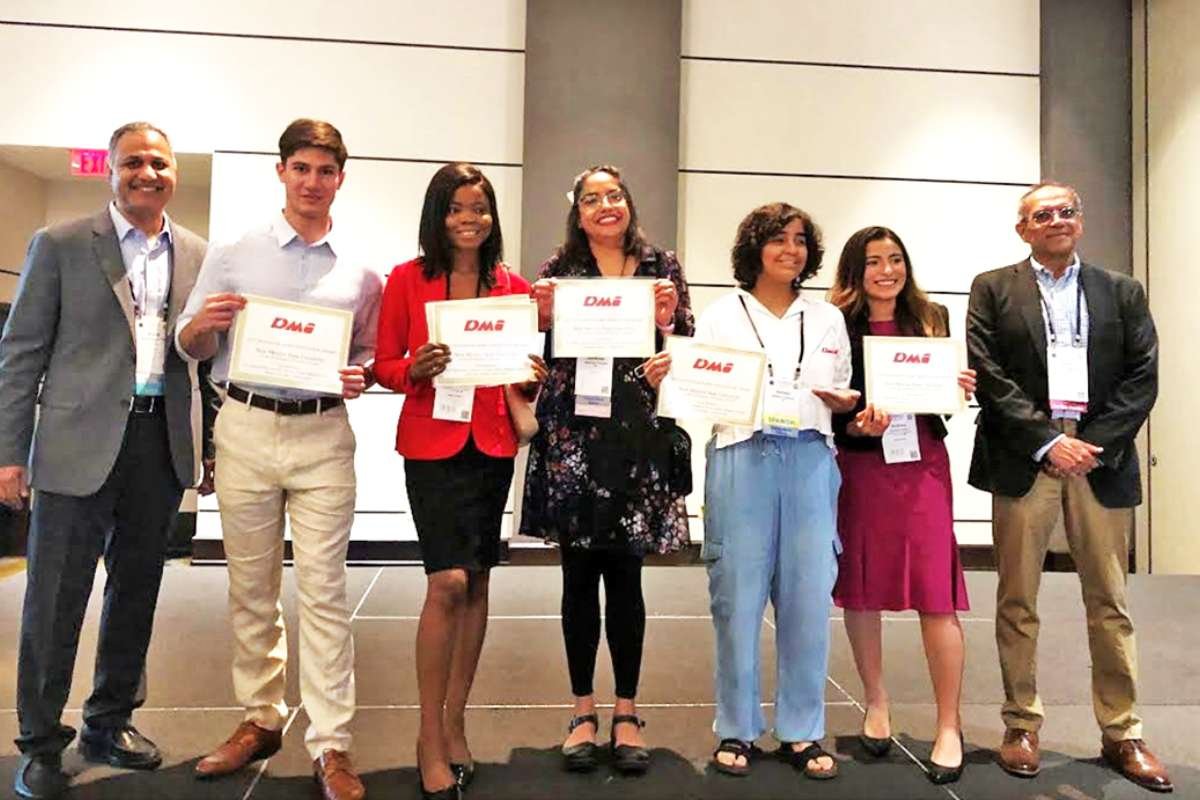Cardiovascular disease remains the leading cause of death worldwide, claiming millions of lives annually. One of its most significant challenges lies in the heart’s limited ability to regenerate damaged tissue. However, researchers at Korea University, led by Dr. Myeong-Hwa Song, have pioneered a groundbreaking method to address this issue. The team has developed an innovative technique to convert fibroblasts—common connective tissue cells—into mature, functional induced cardiomyocytes (iCMs). By combining fibroblast growth factor 4 (FGF4) with vitamin C, they have accelerated cell maturation and improved functionality.
“Our findings bring us closer to transforming regenerative medicine into practical therapies,” said Dr. Song, who is based in Korea University’s Department of Cardiology. This breakthrough utilizes direct cardiac reprogramming, a process that bypasses the stem cell stage to directly transform fibroblasts into iCMs. Although this approach has shown promise, scientists have faced challenges in producing mature and fully functional cardiomyocytes. The Korea University team tackled this problem by activating the JAK2–STAT3 signaling pathway, a critical mechanism for cell development.
Scientific Advancements in Cardiac Reprogramming
The researchers employed advanced techniques, including RNA sequencing, fluorescence imaging, and electrophysiological testing, to achieve their results. Their study demonstrated several key improvements: the reprogrammed cells exhibited better-defined sarcomeres and T-tubules, enhanced electrical activity with improved ion channel functionality, and increased efficiency in generating mature cardiomyocytes. According to Dr. Song, the activation of the JAK2-STAT3 pathway played a crucial role in these advancements, enabling the production of cells that closely mimic natural cardiomyocytes in both structure and function.
Published in the October 10, 2024, edition of Experimental & Molecular Medicine, this discovery holds immense potential for regenerative medicine. By harnessing a patient’s own cells to generate mature cardiomyocytes, the technique could revolutionize treatment for heart attacks and other cardiovascular diseases. This approach might also reduce the dependency on heart transplants, offering hope to millions of patients worldwide.
Future Implications and Clinical Potential
While the results are promising, further research is essential to ensure the technique’s safety and efficacy for clinical use. “We’re thrilled with these results, but this is just the beginning,” said Dr. Song. “More research will be required before we can bring this approach to patients. That said, the possibilities are incredibly exciting.”
If successfully translated into therapy, this technique could provide a personalized and effective solution for regenerating heart tissue. By reprogramming fibroblasts from a patient’s own body, the method may establish a transformative advance in combating cardiovascular disease. This breakthrough represents a significant step forward in regenerative medicine, potentially offering new hope for those suffering from debilitating heart conditions.









